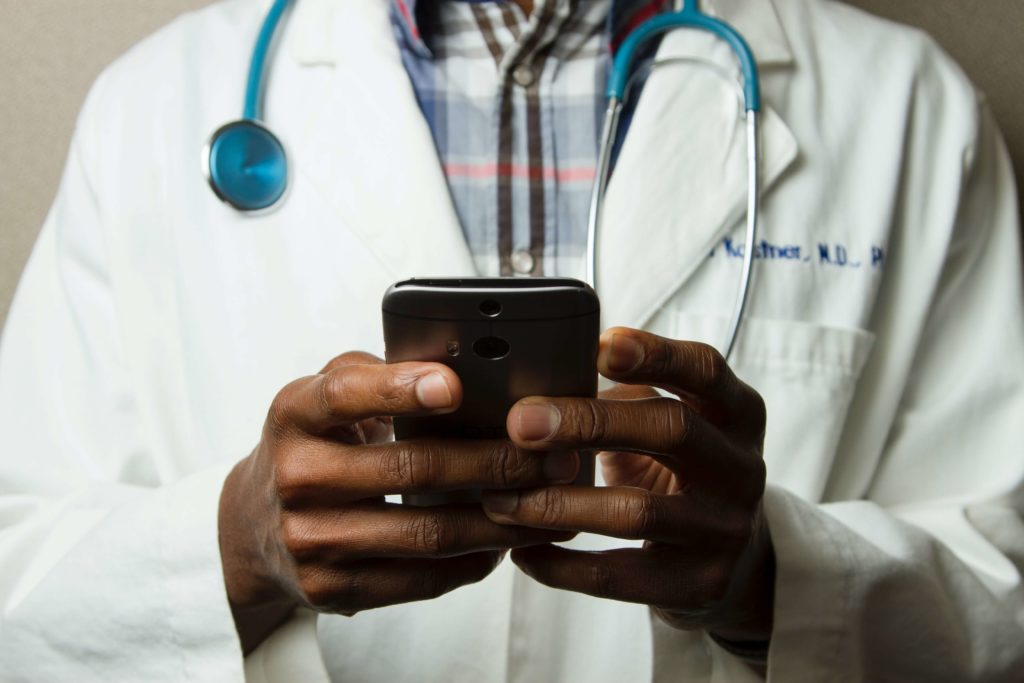
What is augmented reality?
Virtual reality is on everyone’s lips, with it we experience an environment of scenes or objects of real appearance, thanks to a gadget such as virtual reality glasses or other peripherals, it gives the user the feeling of being present in a virtually generated environment. So: what is augmented reality?
Augmented reality is a tool that allows the visualization of virtual elements in a real environment. A fairly simple example to understand this concept can be seen in Pokémon GO, the game for smartphones that went viral when it was launched in 2016. In this game, among other things, we could see the creatures in our environment using the camera on our mobile phone.
Although its use in video games is anecdotal, augmented reality has many applications in different professional fields, as we will see below, specifically in the field of medicine, allowing us to perform different tasks more efficiently.
Augmented reality in the medical sector
One of the fields of medicine that has benefited most from advances in augmented reality is surgery, as well as providing more and better information on classic elements that are already widely used, such as X-rays and similar tools, which means that the field of medicine is ideal for the technology of augmented reality to advance. In fact, there are scientists in the United States who have already developed augmented reality glasses that can distinguish cancer cells from healthy cells, which is undoubtedly an unprecedented innovation in the industry.
Examples of applications
Blood collection
I’m sure that at some point in your life you have attended a medical examination that required a blood test, or you are even a regular or sporadic donor. Many people, however, are quite afraid or have physiological difficulties in performing these tests or donating.
What if, thanks to augmented reality, we could get rid of these problems and make the experience easier for both patients and medical professionals?
This is already possible thanks to tools such as AccuVein, a gadget that allows the visualization of veins without the need to have direct contact with the patient, thus allowing faster, safer and more comfortable injections for the patient or donor.
Ophthalmology
It is quite logical to think that one of the sectors that will benefit most from this technology is the vision sector. Augmented reality has always gone hand in hand with gadgets in the form of glasses and the like, such as Microsoft’s HoloLens. But could we even cure blindness thanks to an augmented reality prosthesis?
Major advances in augmented reality prostheses indicate that this may be possible in the not too distant future. Some companies have already been working on vision-enhancing gadgets, both for people who are totally blind and for patients with other types of visual impairment, which enable them to recognise faces, drive, read or identify objects more easily.
Anatomy
Another of the most widespread uses of augmented reality is in the field of anatomy. Since it allows us to visualize new elements in our environment, it has many applications both in research on our body and in education for schools and universities.
With augmented reality we can visualize organs in 3D, see the nervous system at real size in a classroom, and in general we can make a much more realistic study experience saving significantly in costs, since it would not be necessary to use real bodies.
Other uses
In this article we have seen the most obvious cases, but we have barely touched on the capabilities of augmented reality: from prostheses to support autistic children to tools for use in dentistry, the possibilities of augmented reality are limitless and we are still living their childhood.

